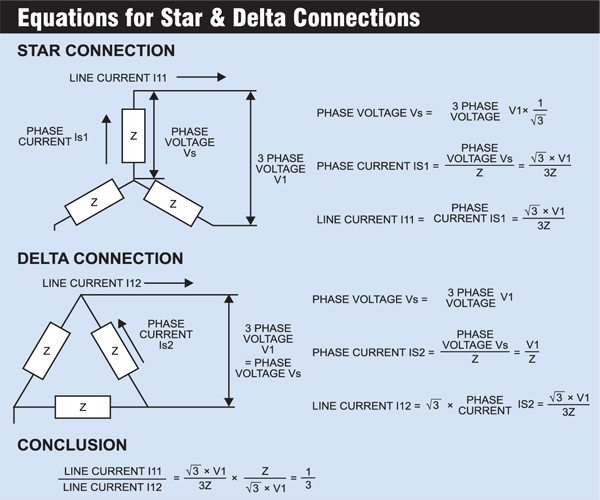
Very often, this type of motor is referred to as a capacitor-start, capacitor-run motor. Therefore, it is important to know the characteristics of the specific capacitor-start motor to make certain it is suitable for the application.Ī two-value capacitor motor is a capacitor motor with different values of capacitance for starting and running. Note that pull-up torque is a factor in single-phase motors to ensure starting with high-inertia or hard-to-start loads. There will be a substantially wider variation in the values of locked-rotor torque, breakdown torque, and pull-up torque for these single-phase motors than for comparable three-phase motors, and the same variation also exists for efficiency and the power factor (PF). The typical performance data for integral-horsepower, 1800-rpm, capacitor-start, induction-run motors are shown in Table 1.6. Note the change in motor torques at the transition point at which the starting switch operates. The typical speed-torque characteristics for a capacitor-start motor are shown in Fig. The motor then runs on the main winding as an induction motor. At that speed, the switch opens, disconnecting the auxiliary winding circuit from the power source. The solid-state switch will be the switch of the future as it is refined and costs are reduced.Īll the switches are set to stay closed and maintain the auxiliary winding circuit in operation until the motor starts and accelerates to approximately 80% of full-load speed. More recently, solid-state switches have been developed and used to aįIGURE 1.13 Capacitor-start single-phase motor. However, other types of devices such as current-sensitive and voltage-sensitive relays are also used as starting switches. FigureįIGURE 1.11 Percent loss comparison of single- and three-phase motors.įIGURE 1.12 Capacitor-start single-phase motor.ġ.13 illustrates an industrial-quality drip-proof single-phase capacitor-start motor note the centrifugally actuated switch mechanism. The type of starting switch most commonly used is a centrifugally actuated switch built into the motor.

Figure 1.12 is a schematic diagram of a capacitor-start motor.
#3 PHASE MOTOR WINDING RESISTANCE CHART SERIES#
The general characteristics of these types of single-phase induction motors are as follows.Ī capacitor-start motor is a single-phase induction motor with a main winding arranged for direct connection to the power source and an auxiliary winding connected in series with a capacitor and starting switch for disconnecting the auxiliary winding from the power source after starting. Note the significantly higher losses in the single-phase motor. A comparison of the losses between single-phase and three-phase motors is shown in Fig.

For a given breakdown torque, the single-phase motor requires considerably more flux and more active material than the equivalent three-phase motor.Ĥ. Single-phase motors have appreciable rotor current and rotor losses at no load.ģ. The rotor current and rotor losses are insignificant at no load in a three-phase motor. In an integral-horsepower single-phase motor, this is part of an RLC network.Ģ.

Anauxiliary winding is necessary to produce the rotating field required for starting. A single-phase motor has no revolving field at standstill and therefore develops no locked-rotor torque. Three-phase motors have locked torque because there is a revolving field in the air gap at standstill.

In those instances in which three-phase electric motors are not available or cannot be used because of the power supply, the following types of single-phase motors are recommended for industrial and commercial applications: (1) capacitor-start motor, (2) two-value capacitor motor, and (3) permanent split capacitor motor.Ī brief comparison of single-phase and three-phase induction motor characteristics will provide a better understanding of how single-phase motors perform:ġ. In general, three-phase electric motors have higher efficiency and power factors and are more reliable since they do not have starting switches or capacitors. In industrial applications, three-phase induction motors should be used wherever possible. In this section, the discussion will be limited to those types most common to integral-horsepower motor ratings of 1 hp and higher. There are many types of single-phase electric motors.


 0 kommentar(er)
0 kommentar(er)
